Optimal Timing for Waterproofing Applications
Waterproofing is a critical process that protects structures from water intrusion and damage. The timing of waterproofing applications can significantly impact their effectiveness and longevity. Proper scheduling ensures optimal adhesion, curing, and performance of waterproofing materials, reducing the risk of future issues related to moisture infiltration.
Spring offers moderate temperatures and increasing humidity, ideal for waterproofing projects. It allows sufficient curing time before the heavy rains of summer.
Summer provides warm, dry conditions, making it suitable for waterproofing. However, high temperatures may require adjustments in application techniques.
Fall is often considered optimal due to stable weather and cooler temperatures, which aid in proper curing without the risk of rapid drying.
Winter waterproofing is generally discouraged due to freezing temperatures and snow, which can impair adhesion and curing of waterproofing materials.
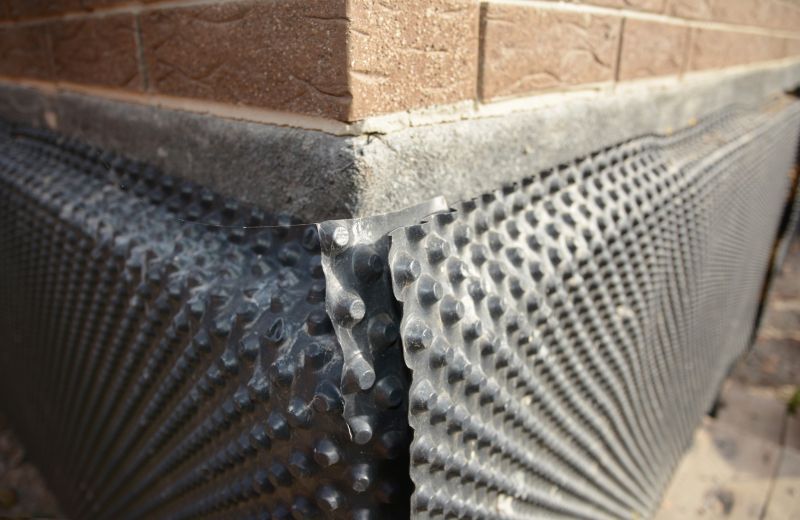
Applying waterproofing in spring benefits from mild temperatures and increased moisture levels.
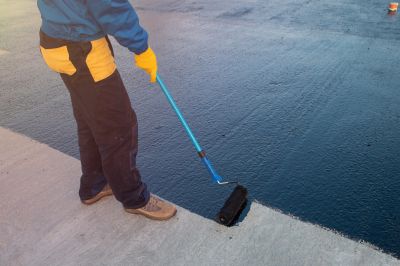
Summer requires careful application to prevent issues caused by high heat and direct sunlight.

Fall provides cooler, stable weather conducive to effective waterproofing.
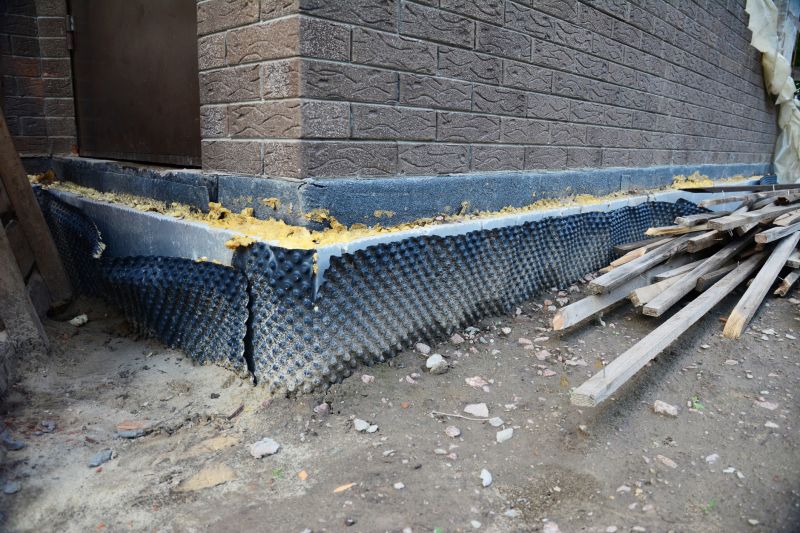
Winter conditions can hinder waterproofing due to freezing temperatures and snow.

Ways to make Waterproofings work in tight or awkward layouts.

Popular materials for Waterproofings and why they hold up over time.

Simple add-ons that improve Waterproofings without blowing the budget.

High-end options that actually feel worth it for Waterproofings.
Waterproofings are essential for protecting foundations, roofs, basements, and other structural elements from water damage. Proper application timing enhances durability, prevents leaks, and extends the lifespan of building components. Different waterproofing materials and techniques are suited to various weather conditions, making timing a key consideration in project planning.
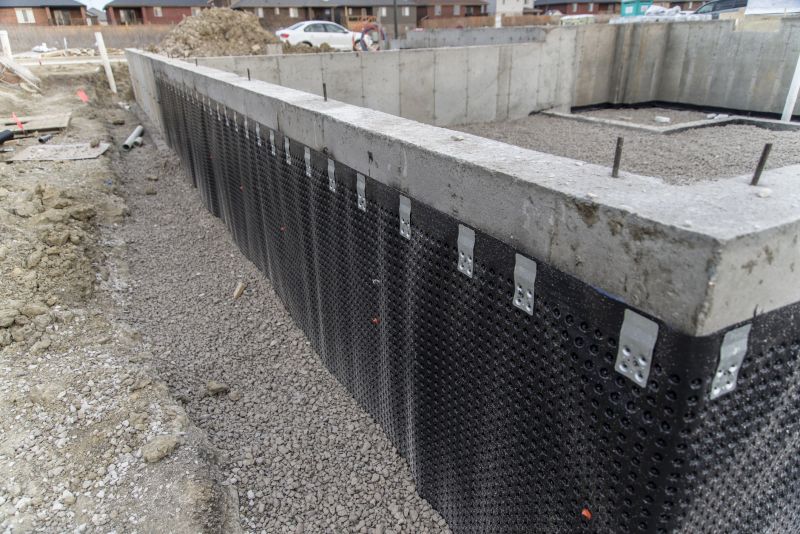
Various materials like membranes, coatings, and sealants are used depending on environmental conditions and structure type.

Proper surface preparation and application methods are crucial for waterproofing effectiveness.
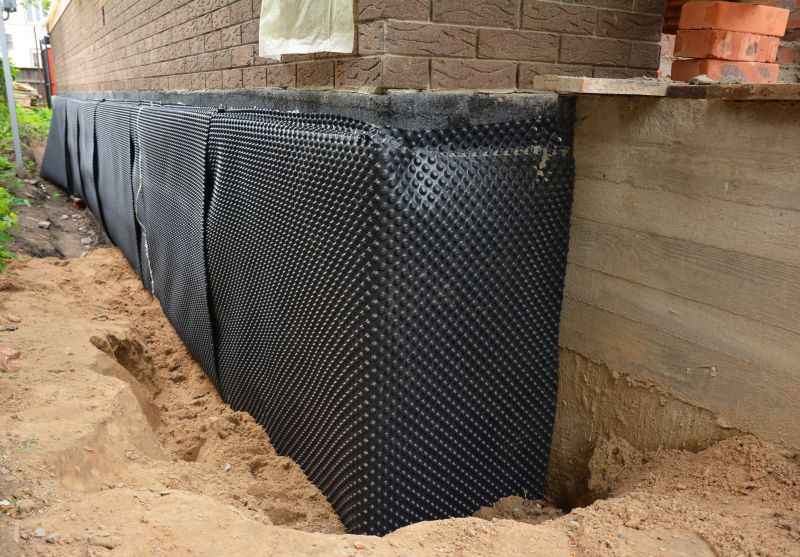
Effective waterproofing reduces maintenance costs and prevents structural deterioration.

Foundations, roofs, basements, and balconies are typical areas requiring waterproofing.
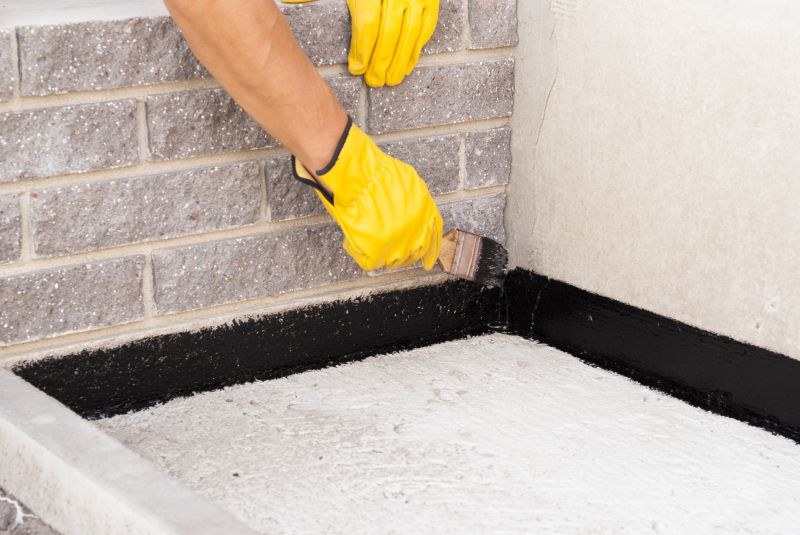
Finishes and colors that play nicely with Waterproofings.
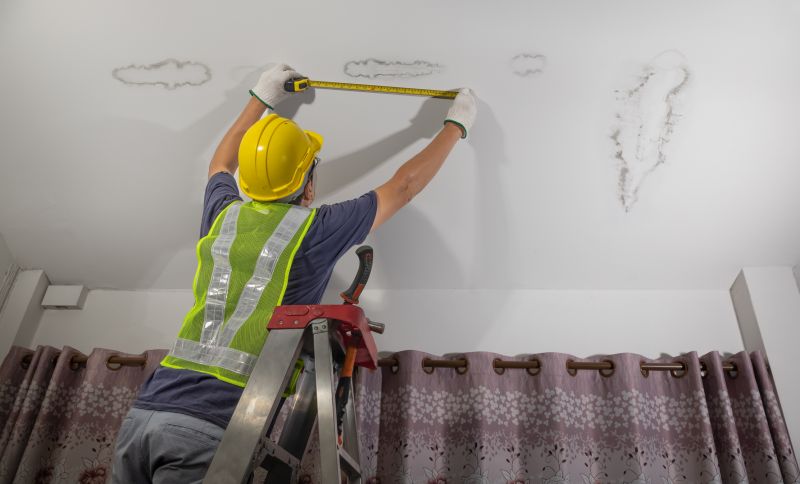
Little measurements that prevent headaches on Waterproofings day.

A 60-second routine that keeps Waterproofings looking new.
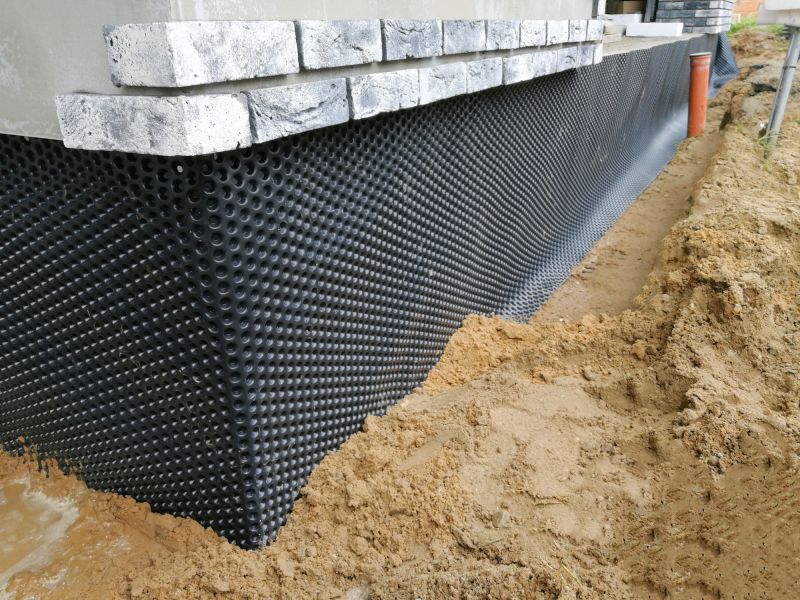
A frequent mistake in Waterproofings and how to dodge it.
| Season | Ideal Conditions |
|---|---|
| Spring | Moderate temperatures, increasing humidity |
| Summer | Warm, dry weather with caution for high heat |
| Fall | Cool, stable weather suitable for curing |
| Winter | Freezing temperatures and snow hinder application |
Choosing the appropriate time for waterproofing depends on local climate conditions and project specifics. Proper scheduling ensures optimal material performance and longevity, reducing the likelihood of water-related damage and costly repairs in the future.

Application process during optimal weather conditions ensures better adhesion and durability.
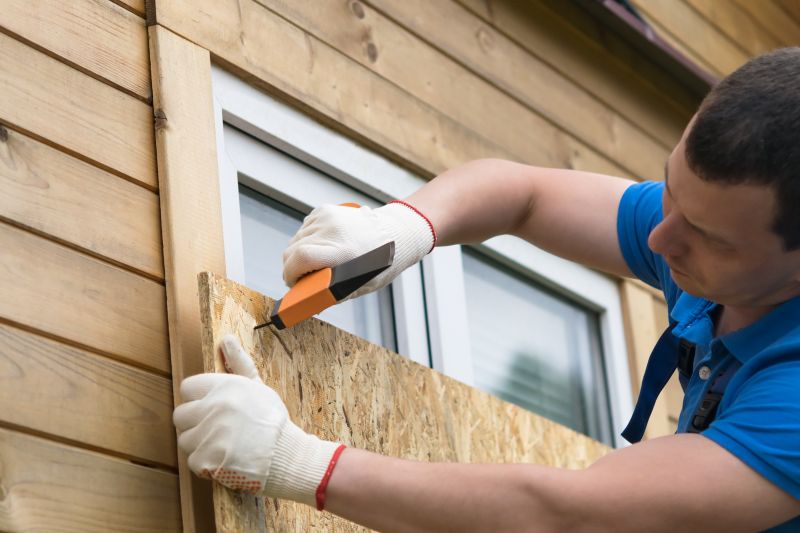
Monitoring weather forecasts helps determine the best window for waterproofing projects.
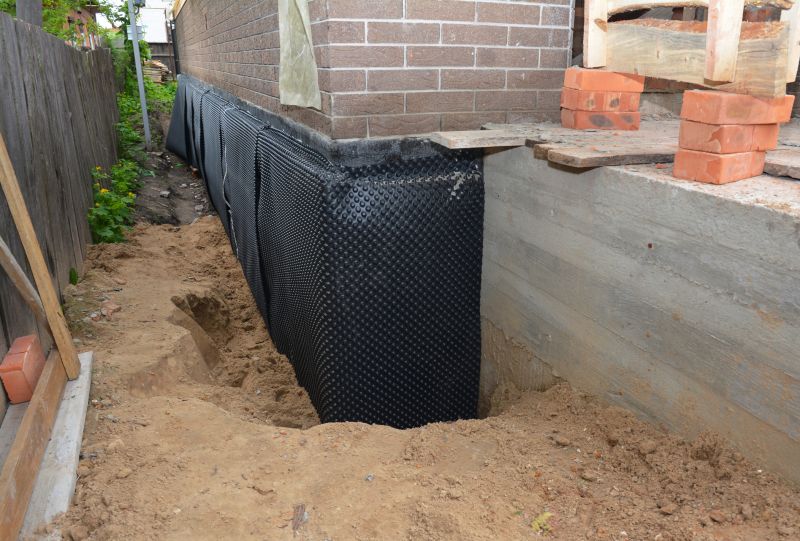
Understanding seasonal variations aids in planning effective waterproofing schedules.

Small tweaks to make Waterproofings safer and easier to use.

Lower-waste or water-saving choices for Waterproofings.

The short, realistic tool list for quality Waterproofings.
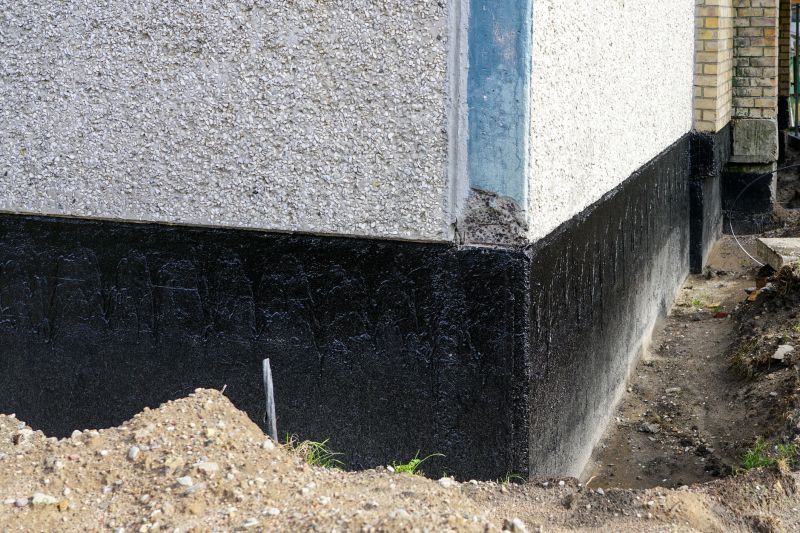
Rough timing from prep to clean-up for Waterproofings.
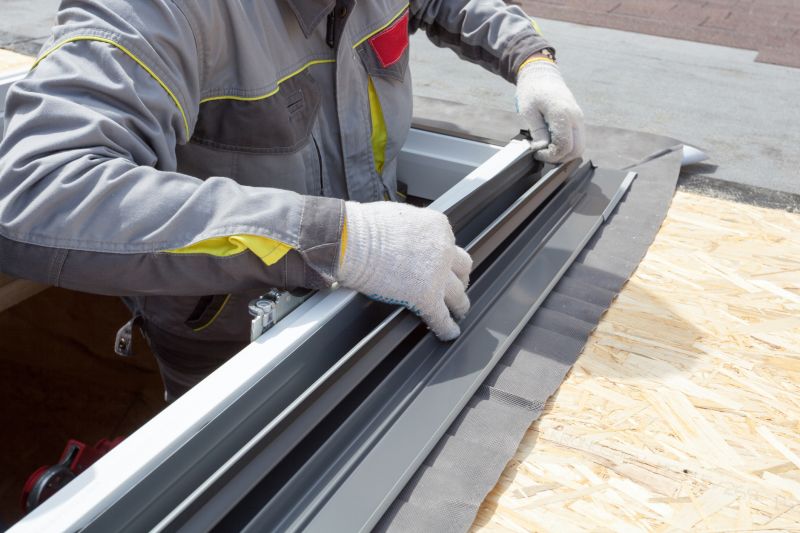
Quick checks and paperwork to keep after Waterproofings.
Interested in waterproofing services? Filling out the contact form can provide detailed information tailored to specific needs and local conditions. Proper timing and application are essential for long-lasting protection against water damage.


